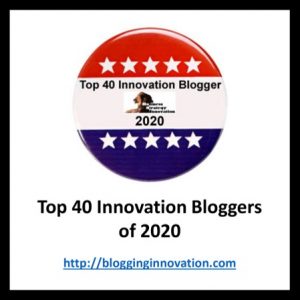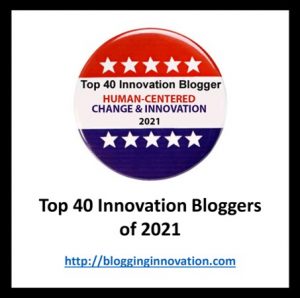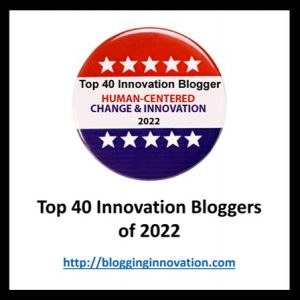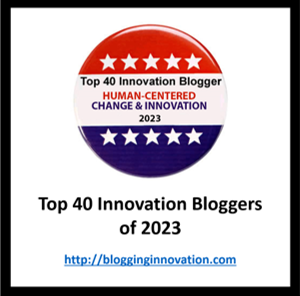 Thanks to the popularity of the First Edition of Charting Change, I am privileged and excited to announce the early availability of the Second Edition of Charting Change, my best selling book on planning and executing organizational change and transformation used as a course book by universities around the world.
Thanks to the popularity of the First Edition of Charting Change, I am privileged and excited to announce the early availability of the Second Edition of Charting Change, my best selling book on planning and executing organizational change and transformation used as a course book by universities around the world.
What was the impetus for the book and what’s new you might ask?
Executives are under escalating pressure to deliver increasing profits every quarter, while technology advances at an increasing rate. In such a pressure-cooker environment, leaders must hard-wire their organizations to be mindful of costs while simultaneously becoming more flexible and faster at planning and executing the change programs required by innovation and the shifting demands of the customer. The companies that successfully innovate and stay at the top of their industries have one thing in common – they learn fast and manage change well.
Charting Change (Second Edition) provides a set of visual tools that will help you build a coherent approach to change, identifying both the things that will help make the effort successful, and those people and barriers that will try to block the way. Leaders that read and absorb this book will be able to make productive use of the tools to drive buy-in, alignment, and successful change outcomes across the organization, its systems, and its culture.
This second edition features new topics such as architecting for change, overcoming resistance to change, systems thinking, and building a continuous change culture, as well as new visual tools such as the Organizational Agility Framework. This book will help leaders and managers visualize, plan, and execute change and transformation in a more accessible, visual, and collaborative way. Once you are done reading Charting Change (Second Edition) you will approach any big change with confidence.

 SPECIAL BONUS:
SPECIAL BONUS:
AND, the new edition also includes two new Guest Expert sections from Kate Hammer on storyFORMing and Whynde Kuehn on Business Architecture!
.
SPECIAL DEAL: To celebrate the launch of the hardcover (free shipping worldwide*) and the eBook, my publisher is offering everyone the special 40% off employee discount when you enter the discount code EMP24 through February 24, 2024 directly on the Springerlink web site.
SPECIAL ASK: If you purchased the First Edition of Charting Change and left a review on Amazon, please go to the First Edition page on Amazon and copy your review and paste is a review on the Second Edition page on Amazon. This will give people looking at the Second Edition page on Amazon a much more alive page to browse when they are considering purchasing the book. Unfortunately, Amazon doesn’t copy over the reviews when a new edition is released. Thank you in advance!
I am eternally grateful to everyone who supports the Human-Centered Change and Innovation blog with your readership. Getting a copy of the Second Edition of Charting Change is a great way of supporting my efforts in bringing you the very best thought leadership on human-centered change, innovation, transformation and experience design topics not just from myself, but from all of our amazing contributing authors as well.
Keep innovating!
What People Are Saying
 |
“There’s no denying it: Change is scary. But it’s also inevitable. In Charting Change, Braden Kelley gives you a toolkit and a blueprint for initiating and managing change in your organization, no matter what form it takes.” – Daniel H. Pink, author of Drive and To Sell is Human |
 |
“Thoughtful, thorough, and practical is the rare blend that Braden has achieved in this Change Management field guide. Much more than a series of tactics, Charting Change will explicitly, sequentially, and visually help users create a diverse set of experiences for stakeholders that will most certainly increase likelihood of success.” – Eric D. Hieger, Psy.D., Business Transformation and Change Leadership Practice Lead at ADP |
 |
“As the pace of change speeds up, the market disruptions and resulting changes can be daunting for all. We all wish we could predict how change will affect our business, our market and our people. No matter what business area you come from, change affects us all and can produce great outcomes when managed well. In Braden Kelley’s newest book, Charting Change, he provides a terrific toolkit to manage this process and make it stick.” – Denise Fletcher, Chief Innovation Officer, Xerox |
 |
“Braden Kelley and his merry band of guest experts have done a nice job of visualizing in Charting Change how to make future change efforts more collaborative. Kelley shows how to draw out the hidden assumptions and land mines early in the change planning process, and presents some great techniques for keeping people aligned as a change effort or project moves forward.” – Phil McKinney, retired CTO for Hewlett-Packard and author of Beyond the Obvious |
 |
“Higher employee retention? Increased revenue? Process enhancements? Whatever your change goal, Charting Change is full of bright ideas and invaluable visual guides to walk you through change in any area where your organization needs it.” – Marshall Goldsmith is the #1 New York Times bestselling author of Triggers, MOJO and What Got You Here Won’t Get You There |
Now available at all of the Amazon online bookstores (USA, UK, CA, DE, FR, JP) and many other retailers around the world.
SpringerLink offers free shipping worldwide* (40% off employee discount through February 24, 2024 with code EMP24).
Amazon Kindle version is now available in English at various Amazon sites around the world (USA, UK, CA, AU, DE, FR, JP)!
![]() Sign up here to get Human-Centered Change & Innovation Weekly delivered to your inbox every week.
Sign up here to get Human-Centered Change & Innovation Weekly delivered to your inbox every week.
 Drum roll please…
Drum roll please…


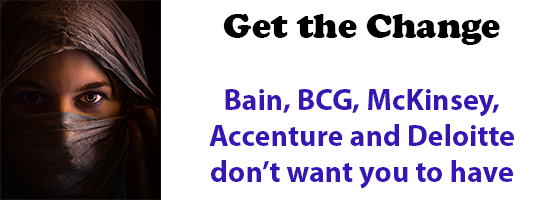

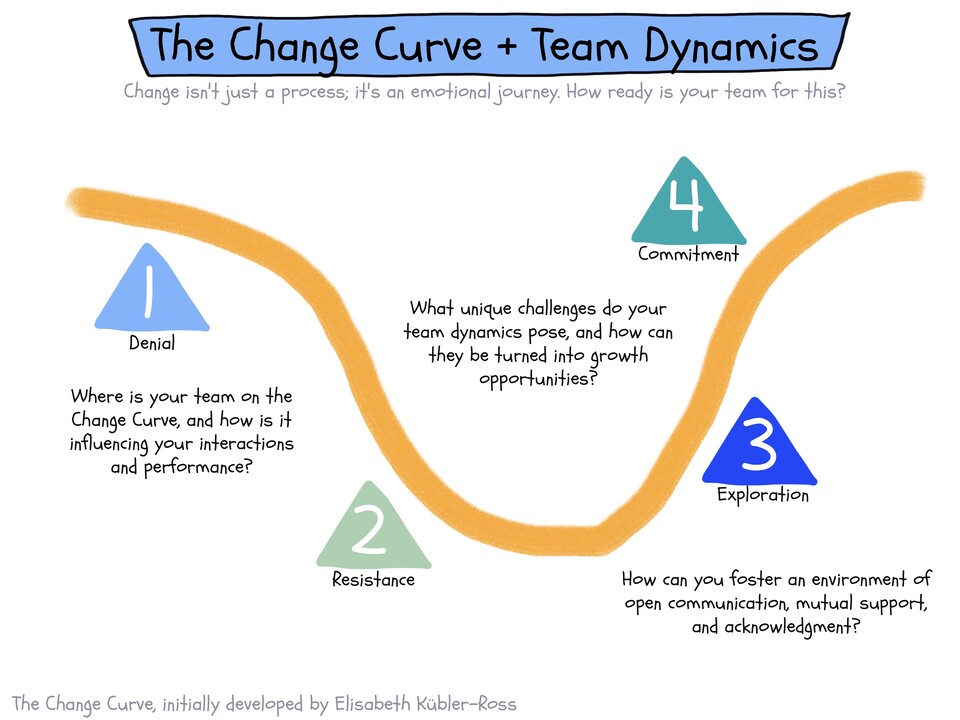
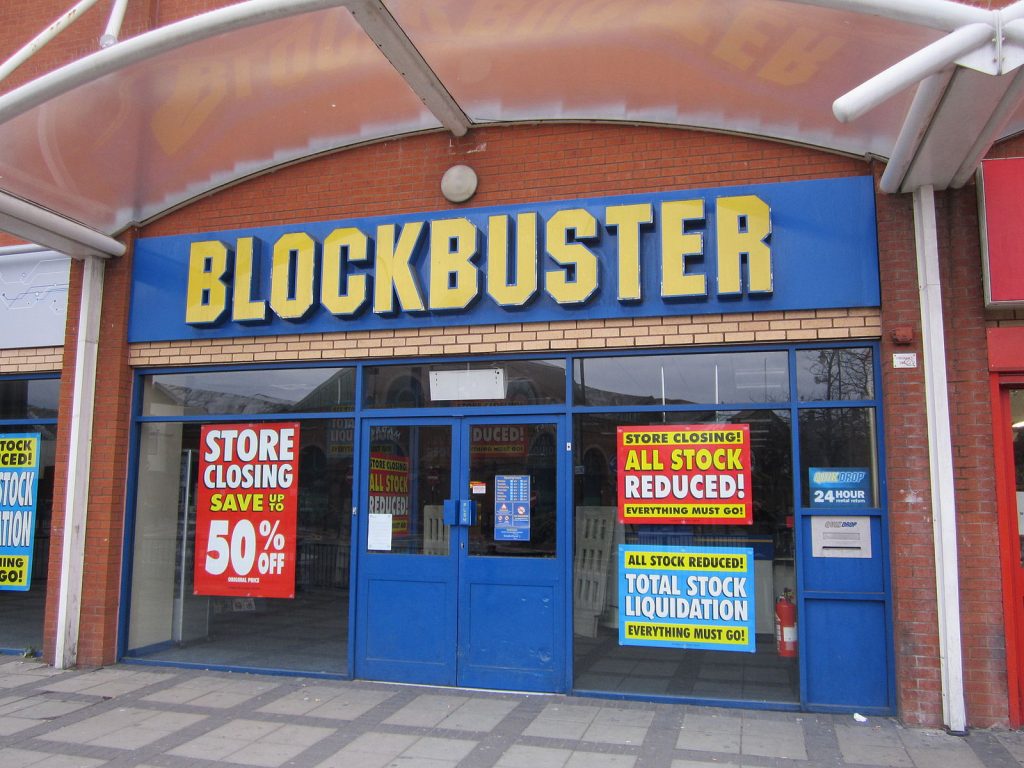


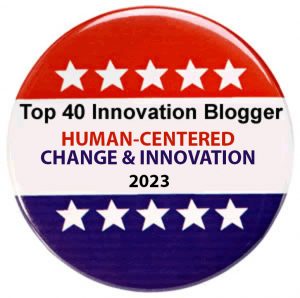 After a week of torrid voting and much passionate support, along with a lot of gut-wrenching consideration and jostling during the judging round, I am proud to announce your Top 40 Innovation Bloggers of 2023:
After a week of torrid voting and much passionate support, along with a lot of gut-wrenching consideration and jostling during the judging round, I am proud to announce your Top 40 Innovation Bloggers of 2023:

 Greg Satell is a popular speaker and consultant. His first book,
Greg Satell is a popular speaker and consultant. His first book,  Mike Shipulski brings together people, culture, and tools to change engineering behavior. He writes daily on Twitter as
Mike Shipulski brings together people, culture, and tools to change engineering behavior. He writes daily on Twitter as 

 A twenty-five year Procter & Gamble veteran, Pete has spent the last 8+ years applying insights from psychology and behavioral science to innovation, product design, and brand communication. He spent 17 years as a serial innovator, creating novel products, perfume delivery systems, cleaning technologies, devices and many other consumer-centric innovations, resulting in well over 100 granted or published patents. Find him at pete.mindmatters@gmail.com
A twenty-five year Procter & Gamble veteran, Pete has spent the last 8+ years applying insights from psychology and behavioral science to innovation, product design, and brand communication. He spent 17 years as a serial innovator, creating novel products, perfume delivery systems, cleaning technologies, devices and many other consumer-centric innovations, resulting in well over 100 granted or published patents. Find him at pete.mindmatters@gmail.com


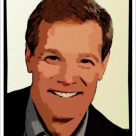



 Soren Kaplan is the bestselling and award-winning author of Leapfrogging and The Invisible Advantage, an affiliated professor at USC’s Center for Effective Organizations, a former corporate executive, and a co-founder of
Soren Kaplan is the bestselling and award-winning author of Leapfrogging and The Invisible Advantage, an affiliated professor at USC’s Center for Effective Organizations, a former corporate executive, and a co-founder of 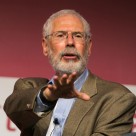
 Diana heads marketing at
Diana heads marketing at 
 Dainora (a.k.a. Dee) creates customer-centric content at Viima. Viima is the most widely used and highest rated innovation management software in the world. Passionate about environmental issues, Dee writes about sustainable innovation hoping to save the world – one article at the time.
Dainora (a.k.a. Dee) creates customer-centric content at Viima. Viima is the most widely used and highest rated innovation management software in the world. Passionate about environmental issues, Dee writes about sustainable innovation hoping to save the world – one article at the time. Arlen Meyers, MD, MBA is an emeritus professor at the University of Colorado School of Medicine, an instructor at the University of Colorado-Denver Business School and cofounding President and CEO of the Society of Physician Entrepreneurs at
Arlen Meyers, MD, MBA is an emeritus professor at the University of Colorado School of Medicine, an instructor at the University of Colorado-Denver Business School and cofounding President and CEO of the Society of Physician Entrepreneurs at 
 Leo is the founder of
Leo is the founder of  Rachel Audige is an Innovation Architect who helps organisations embed inventive thinking as well as a certified Systematic Inventive Thinking Facilitator, based in Melbourne.
Rachel Audige is an Innovation Architect who helps organisations embed inventive thinking as well as a certified Systematic Inventive Thinking Facilitator, based in Melbourne. Art Inteligencia is the lead futurist at Inteligencia Ltd. He is passionate about content creation and thinks about it as more science than art. Art travels the world at the speed of light, over mountains and under oceans. His favorite numbers are one and zero.
Art Inteligencia is the lead futurist at Inteligencia Ltd. He is passionate about content creation and thinks about it as more science than art. Art travels the world at the speed of light, over mountains and under oceans. His favorite numbers are one and zero.
 Phil McKinney is the Author of “Beyond The Obvious”, Host of the Killer Innovations Podcast and Syndicated Radio Show, a Keynote Speaker, President & CEO CableLabs and an Innovation Mentor and Coach.
Phil McKinney is the Author of “Beyond The Obvious”, Host of the Killer Innovations Podcast and Syndicated Radio Show, a Keynote Speaker, President & CEO CableLabs and an Innovation Mentor and Coach. Dr. Ralph-Christian Ohr has extensive experience in product/innovation management for international technology-based companies. His particular interest is targeted at the intersection of organizational and human innovation capabilities. You can follow him on Twitter
Dr. Ralph-Christian Ohr has extensive experience in product/innovation management for international technology-based companies. His particular interest is targeted at the intersection of organizational and human innovation capabilities. You can follow him on Twitter 
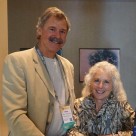 Dr. Dean Anderson and Dr. Linda Ackerman Anderson lead
Dr. Dean Anderson and Dr. Linda Ackerman Anderson lead 
 Scott Anthony is a strategic advisor, writer and speaker on topics of growth and innovation. He has been based in Singapore since 2010, and currently serves at the Managing Director of Innosight’s Asia-Pacific operations.
Scott Anthony is a strategic advisor, writer and speaker on topics of growth and innovation. He has been based in Singapore since 2010, and currently serves at the Managing Director of Innosight’s Asia-Pacific operations.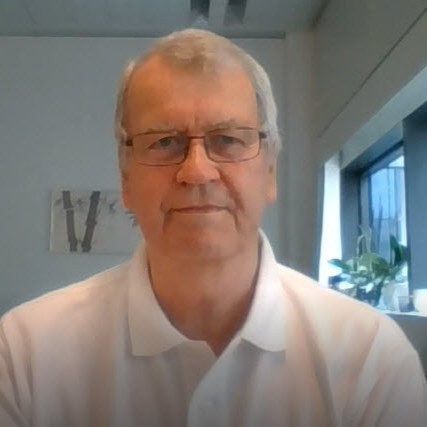 Paul Hobcraft runs
Paul Hobcraft runs 
 Chateau G Pato is a senior futurist at Inteligencia Ltd. She is passionate about content creation and thinks about it as more science than art. Chateau travels the world at the speed of light, over mountains and under oceans. Her favorite numbers are one and zero.
Chateau G Pato is a senior futurist at Inteligencia Ltd. She is passionate about content creation and thinks about it as more science than art. Chateau travels the world at the speed of light, over mountains and under oceans. Her favorite numbers are one and zero. Jesse Nieminen is the Co-founder and Chairman at
Jesse Nieminen is the Co-founder and Chairman at  As an experience architect, Alain helps leaders craft customer, employee and shareholder experiences for profit, reinvention and transformation. He does this through his personal consultancy Alain Thys & Co as well as the transformative venture studio
As an experience architect, Alain helps leaders craft customer, employee and shareholder experiences for profit, reinvention and transformation. He does this through his personal consultancy Alain Thys & Co as well as the transformative venture studio 

